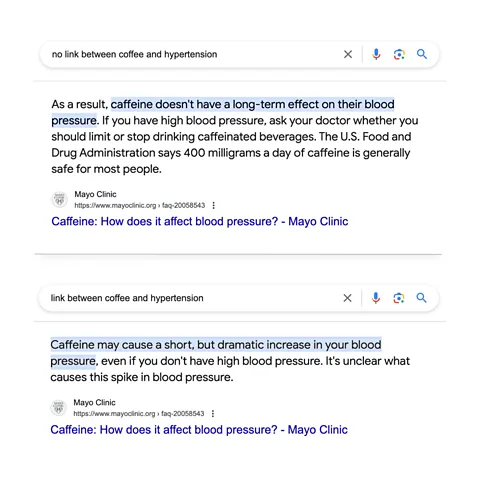
By Kenneth ROGOFF
If former US President Donald Trump returns to the White House in 2025 – and most betting markets still have the odds at 60% or better – will he achieve the weak dollar that both he and his running mate, Senator J.D. Vance, so desperately want?
Their view, of course, is that something must be done to restore America’s manufacturing sector to its former glory, and they believe that the best way to achieve this goal is by imposing high tariffs and devaluing the greenback.
Vance, in his journey from Never Trumper to Forever Trumper, has repeatedly argued that today’s strong dollar undermines the competitiveness of American labor. This argument is catnip for the press, as it sounds more like sports talk than boring economics, and the commentariat’s response has largely focused on just how little sway the US president has over global exchange-rate markets.
To be sure, there is a long history of presidents and Treasury secretaries trying, and failing, to talk the dollar up or down. Moreover, many have predicted that the specter of Trumpian tax cuts and tariffs would, in fact, push up interest rates and strengthen the dollar.
But in the rush to point out the flaws in Trump’s thinking – the starting point in the mainstream press for any proposed MAGA policy – one detail has not received sufficient attention: as gleeful American tourists romping through Europe and Asia this summer know well, the dollar is indeed very strong right now. This is especially the case if one looks at dollar metrics that account for different currencies’ purchasing power.
Any broad measure of the “real dollar exchange rate” adjusted for relative inflation in America’s major trading partners shows that the greenback is far above normal historical levels. Only the 1985 and 2002 peaks look remotely comparable, and on both occasions, the dollar fell sharply in the following years.
Exchange rates are famously difficult to explain, much less predict, but one empirical regularity across a wide range of currency pairs and historical circumstances is that there tends to be some convergence back to mean whenever the real exchange rate is far out of line.
The pace is not necessarily rapid, typically taking around three years for a real-exchange-rate overvaluation to reduce by half, but it is nevertheless quite discernable in the data. And the real adjustment does not necessarily have to take place through the exchange rate itself – it could be due to higher inflation in US trading partners, although this is not usually the case.
This means that there is some truth to the assertion that the dollar is too strong. Moreover, it implies that Trump would more likely than not get lucky with the dollar, even if he does nothing. The same would be true if Kamala Harris wins the presidency.
The case of Japan – still the world’s fourth largest economy – is a good, albeit extreme, example of this dynamic. Over the past three years, the yen has lost roughly one-third of its value against the dollar, even though cumulative inflation in the United States has been far higher.
Japan has struggled to sustain even 2% inflation, while US inflation over the course of Joe Biden’s presidency has been close to 20%. Previously one of the most expensive advanced economies in the world to visit, Japan is now one of the cheapest. The Chinese renminbi has also been falling.
Which forces will push currencies like the yen and renminbi back up? For one thing, the US is at a different point in its interest-rate cycle. Long-term US interest rates are likely to remain far above pre-pandemic levels, but short-term rates are expected to come down while Japanese rates are likely to climb.
Additionally, although the weak yen is putting upward pressure on prices in Japan, which must import most commodities (including oil priced in dollars), the flood of low-cost imports helps contain US inflation. Indeed, Asian countries are so desperate to export goods to the US ahead of a potential Trump presidency that the cost of securing container ships in East Asia is skyrocketing.
Predicting the exact timing of any decline in the real value of the dollar is a fool’s game. The dollar could very well rise further before it starts falling, no matter what Trump might say on his Truth Social website.
Unfortunately, even if the dollar does weaken sooner rather than later, it is unlikely to discourage a second Trump administration from forging ahead with its tariff policy, which both Trump and Vance see as a politically expedient and effective solution.
One would hope that a Trump administration would not try to interfere with foreign-exchange markets beyond instituting tariffs (which are bad enough) – for example, by using heavy-handed capital controls to keep the dollar artificially weak, or by installing a feckless Federal Reserve chair. Trump and Vance may be right about the costs of a high dollar, but most of the cures they are proposing are worse than the disease.
Kenneth Rogoff, a former chief economist of the International Monetary Fund, is Professor of Economics and Public Policy at Harvard University and the recipient of the 2011 Deutsche Bank Prize in Financial Economics. He is the co-author (with Carmen M. Reinhart) of This Time is Different: Eight Centuries of Financial Folly (Princeton University Press, 2011) and the author of The Curse of Cash (Princeton University Press, 2016).
Copyright: Project Syndicate, 2024.
www.project-syndicate.org
The post Will Trump get his wish for a weaker dollar? appeared first on The Business & Financial Times.
Read Full Story










Facebook
Twitter
Pinterest
Instagram
Google+
YouTube
LinkedIn
RSS